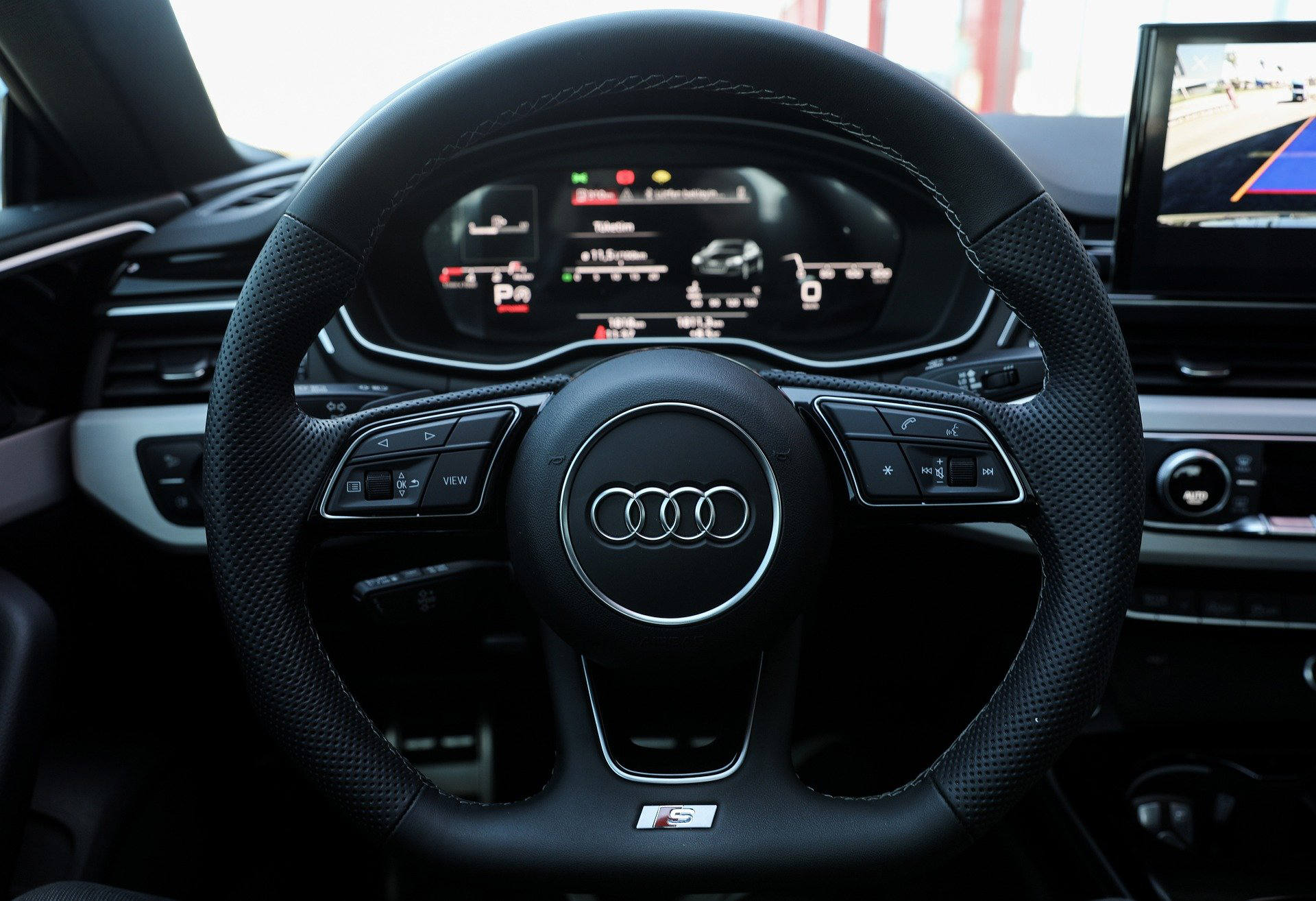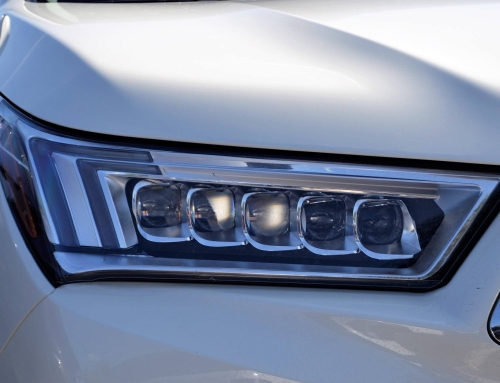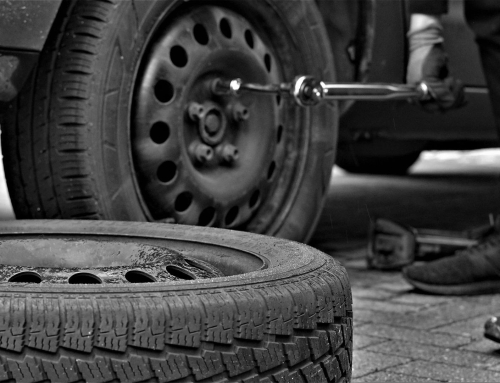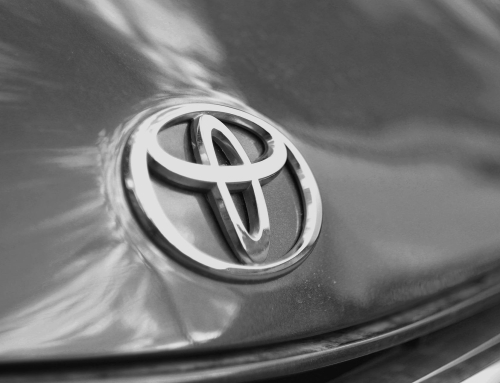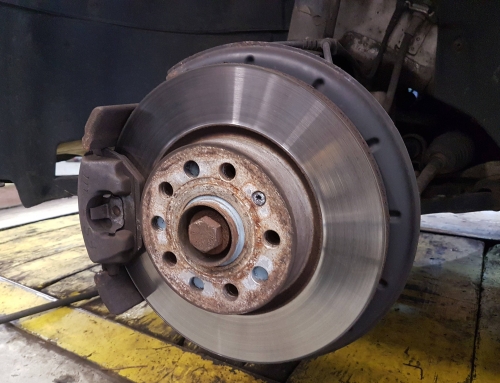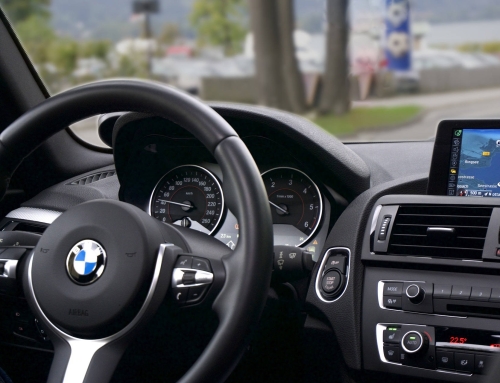While hybrid vehicles are gaining popularity, they are still relatively new to many consumers. This often leads to confusion and questions about how they function. One common question we hear is whether you can drive a hybrid vehicle with a dead battery but a full tank of gas—or the reverse.
In this article, we’ll explore the answers to these questions:
- How does a hybrid vehicle work?
- What happens when your hybrid runs out of gas?
- Can you still drive a hybrid without the battery?
Let’s dive into these topics to clarify some confusion around hybrid technology.
Contents
- 1 Can You Drive a Hybrid Without Gas?
- 2 Is it possible to operate a hybrid vehicle without using the battery?
- 3 How Does a Hybrid Vehicle Work?
- 4 What Happens When Your Hybrid Runs Out of Gas?
- 5 Manufacturer Recommendations
- 6 Can a Hybrid be Driven with a Dead Battery?
- 7 Warning Signs of a Failing Battery
- 8 Conclusion: Keep Both Systems in Check
Can You Drive a Hybrid Without Gas?
Most non-plug-in hybrid vehicles will shut down if they run out of gas. This is because the hybrid battery isn’t designed to handle the entire car running load independently. The shutdown mechanism prevents damage to the system, as the gasoline engine plays a crucial role in the vehicle’s overall performance.
Is it possible to operate a hybrid vehicle without using the battery?
You can drive without the battery in specific hybrid models, but this is not recommended. Running a hybrid without a functioning battery can cause long-term damage to the vehicle’s hybrid system. For best results and to prevent expensive repairs, it is essential to ensure that the gas and battery systems function correctly.
How Does a Hybrid Vehicle Work?
Before exploring specific scenarios, it’s essential to understand how hybrid vehicles operate. A hybrid vehicle integrates an electric motor with a gasoline engine, and these two power sources distribute the workload. At times, the electric motor handles the entire workload, while at other times, the gasoline engine and the electric motor collaborate to propel the vehicle.
Hybrid vehicles typically have two batteries:
- 12-Volt Battery: This is the same kind of battery you’d find in a traditional gasoline-powered vehicle. It powers electronics and starts the car.
- High-Voltage Battery Pack: This larger battery powers the electric motor and starts the gasoline engine.
In a traditional car, the alternator recharges the 12-volt battery as you drive. However, in a hybrid, regenerative braking recharges the high-voltage battery. Regenerative braking captures the energy lost when you decelerate and converts it back into stored energy for the battery.
You can also recharge the battery for plug-in hybrid vehicles by plugging the car into an external power source. Plug-in hybrids tend to have larger batteries, enabling them to run longer on electric power alone, typically between 10 to 50 miles before gasoline is needed.
What Happens When Your Hybrid Runs Out of Gas?
Given that hybrid vehicles have electric and gasoline engines, you might wonder if you can continue driving when one of the two power sources is depleted.
The response differs based on the hybrid vehicle’s make and model. In many hybrids, like the Chevy Tahoe or Nissan Altima Hybrid, the vehicle will shut down when the gas runs out, even if the battery is fully charged. This is because the vehicle’s systems are designed to avoid overtaxing the battery, which can lead to damage.
However, some plug-in hybrids, such as the Chevy Volt, can continue running without gasoline because they are designed to operate on battery power for extended periods.
In contrast, vehicles like the Toyota Prius will allow you to continue driving for a short distance after running out of gas, depending on the battery’s charge level and the condition of the vehicle. This is helpful in emergencies, but it won’t get you very far—usually just enough to reach a gas station.
Manufacturer Recommendations
Certain manufacturers, like Lexus, design their hybrid systems to avoid running without gasoline. They recommend keeping your gas tank full to protect the hybrid system. Running a hybrid vehicle on an empty gas tank can cause lasting damage, so following the manufacturer’s guidelines is essential.
Can a Hybrid be Driven with a Dead Battery?
Now, let’s flip the scenario. What if the battery dies? Can you drive a hybrid on gasoline alone?
This depends on the vehicle. Some hybrids, like the Toyota Prius, use a parallel system where the electric motor and gasoline engine operate independently. In this case, if the battery dies, the car may still be able to run on gasoline, but the driving experience will be less efficient and smooth. This option should only be used temporarily to reach a service station.
It’s important to note that a high-voltage battery is required to start the gasoline engine, so driving with a dead battery can still present challenges. In most cases, a dead battery will prevent the car from running correctly, even if the gasoline engine is functional.
Warning Signs of a Failing Battery
To avoid being caught with a dead battery, pay attention to the following warning signs:
- Decreased fuel efficiency
- Fluctuating charge levels
- Difficulty holding a charge
- Unusual engine noises
- Continuous operation of the battery fan, indicating overheating
If you notice any of these signs, it’s time to replace your high-voltage battery with a new or refurbished one from a reputable source.
Conclusion: Keep Both Systems in Check
To ensure optimal performance from your hybrid vehicle, it’s crucial to maintain both the gasoline and battery systems. Operating your vehicle without gas or a fully functioning battery can lead to damage and expensive repairs. By staying informed and keeping your hybrid vehicle adequately maintained, you’ll enjoy a more efficient and environmentally friendly driving experience.

